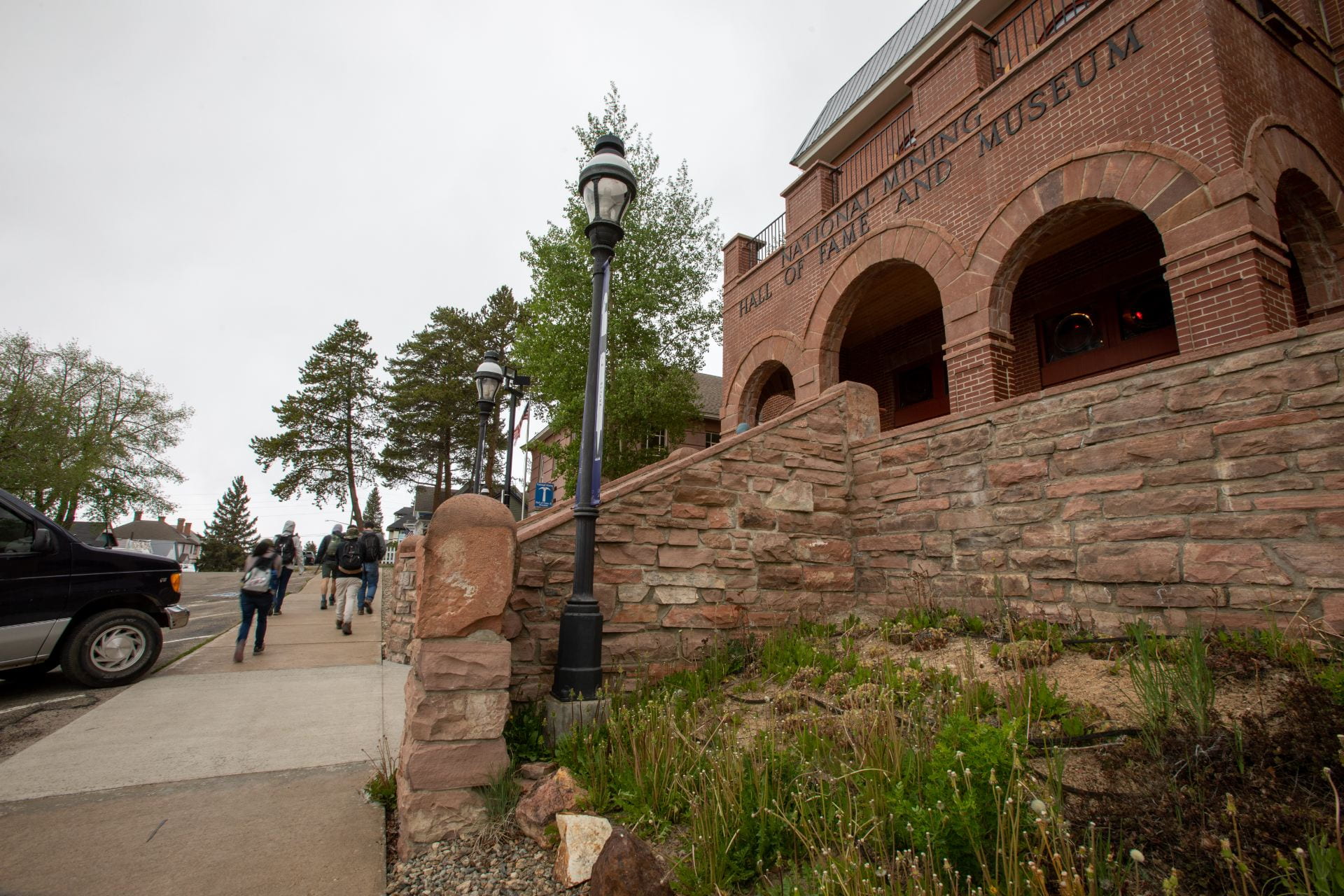As this was the first time visiting a mine for many of the students, we will get some answers about what they observed….
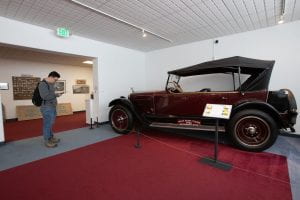
What was your favorite part of the day?
Daniel: For me, it was visiting the National Mining Hall of Fame and Museum and seeing the interesting history of mining in Leadville and Colorado. What fascinated me the most was seeing how industrial mining techniques evolved from the 1850s to today. The riots of miners and the advancement of technology brought forth new safety measures that reduced miner deaths while new mining techniques made it more efficient and safe for the environment. For example, having a proper light source in mining is always a priority and starting from the 1850’s till today, lighting evolved from miners using oil lamps which were smoky and had the possibility of igniting methane gasses because of its open flame, to using electric lights powered by batteries that Edison invented. Open pit mining became more popular than deep shaft mining in the early 20th century because of it’s cheaper, safer and more efficient way of extracting ores and minerals. Emory, who is our expert in the mining operations past and present also talked to me about the high use of automated and robotic processes that we use today and how less human presence is needed to operate mining equipment resulting in less human casualties.
Stephanie: My two favorite parts of the day were learning about Horace Tabor’s scandalous affair and finding the rocks/minerals at the mines. “Horace Tabor and Two Wives,” according to the museum poster, reading about his life and relationships piqued my interest. Augusta Tabor, his first wife, was a brilliant, kind, and successful businesswoman. They had a son and worked well together to keep the mine running smoothly. Augusta’s judgment was never clouded by money, and she preferred to save her earrings rather than spend it. Horace spent a lot of money and held lots of parties. He had mistresses from time to time, and Elizabeth “Baby Doe” caught his eye. Horace, who fell in love with Elizabeth, eventually divorced Augusta and the money she received from the divorce, she established a school and a home for girls. Elizabeth, from a wealthy family, preferred to maintain her wealth and married Horace Tabor shortly after her divorce in 1883. They both loved each other and had two daughters, living a luxurious life for about 6 years before the matchless mine failed. The family was poor and made do with what little they had. Horace died of appendicitis and rumor has it that he wanted Elizabeth to keep the mine running. “Team Augusta or Team Elizabeth,” was my favorite quote I saw. History about those people’s lives, particularly how they lived in the past, fascinates me.
The second part involved joining the rest of the group in search of rocks in Leadville, the former mining town. It was my first time finding a large piece of rock with the mineral pyrite, and as a non-geology major, finding such a beautiful piece was very rewarding. I couldn’t wait to get it back home and add it to my new rock collection, which the other REU students helped me start during the Colorado trip. (Gabi and Yamini <3)
What did you learn about the evolution of mining in Leadville? (How the process of mining went from Gold, to silver and zinc and seeing how this process correlates with Leadville and Colorado in general)
Daniel: I learned that Colorado has a really deep history in the mining, before it became known as a tourist attraction today, searching for minerals and ores was the main money-maker of Colorado and especially Leadville. In the early days ,gold mining was all the rage and people from around the country came to grab their own fortune. Eventually when gold mining was losing profitability in the 1870’s, silver started to become a very valuable commodity because of the Sherman Silver Purchase Act helping Leadville become a booming town causing the creation of people called “Silver Tycoons.” However, silver eventually became obsolete as well and many “Silver tycoons” lost their fortunes leaving Leadville into despair once again. Later in the 1910’s, with the rise of new technology, zinc and molybdenum mining became very valuable and sought after during WW1. This style of economy didn’t really change until WW2 in which Leadville decided that diversifying their economy was the best option because they experienced too many highs and lows.
Stephanie: Matchless mine produced between 70 and 100 ounces of silver on its busiest days. With more labor and money available, more workers were able to find employment in a variety of positions, which provided them with an excellent opportunity. The mine’s evolution includes technological advancements that have benefited the business. The pick axe and rocking box were replaced as the primary tools of the trade by hydraulic equipment, dynamite, steam engines, and machine drills. A spur line for the railway was built to the Matchless mine to facilitate ore transport to Leadville or elsewhere they desired. This technique benefited the mines, and output was successful. The town began to thrive again, and new businesses such as hotels, restaurants, saloons, and more mines sprouted up.
What impact does mining have on the town? (e.g. Mining towns like the ghost town of Gillman)
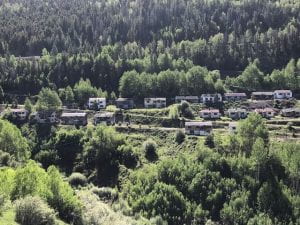
Daniel: Mining as an industry can be very finicky when it comes to sustaining a town. While it depends on the material being dug out, mining can bring a town riches in one moment and bring nothing the next. Another big effect to the town is environmental, in which negative impacts can destroy ecosystems around the town. A sad example of this happening is the town of Gillman Colorado. Gillman was once a thriving mining town with hundreds of residents until the 1980’s when it was discovered that the mining put excess iron and zinc in the river which polluted it and caused Gillman to be abandoned in 1984. Today, despite the town being deemed unsafe to live in, electricity still runs through Gillman. The reason for this was that during the initial abandonment in 1984, the water pumps that pumped toxic waste out of the mines were shut down and it caused the mines to fill with toxic waste. This toxic waste overflowed at one point and ended up flowing into the Eagle river causing more issues. For this reason, the water pumps have to be kept on as long as there’s the possibility of flooding.
Stephanie: The negative effects of mining on the community, such as water and soil contamination and air pollution, which threaten human and environmental health. There was a dark brown/red-orange puddle of water in Leadville, indicating that it was contaminated and most likely acidic due to its location. We didn’t spend much time in the old mining site, but it was fascinating to learn about the place and to imagine what daily commutes might have been like.
What evidence did you see about how mining impacts the environment?
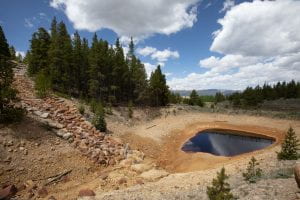
Daniel: Our group passed by a few tailing piles throughout our journey in Colorado and whenever we saw one we noticed that the vegetation surrounding it was not as healthy as other areas. The trees weren’t as tall, the animal life was nonexistent, and there usually was barely any grass in the surrounding areas. Speaking of how humanity affects the environment, Zhouya, one of our grad students talks about how mining has negatively affecte
Stephanie: Someone said they were going to take a green onion leaf as we walked out of the Leadville Museum back to the van, and Dr. Masiello immediately said “No! Don’t eat the vegetation here!” The town is unable to grow much vegetation, so if residents want to grow their crops, it would have to be in a separate area with different soil.
What was the most interesting thing you learned about Leadville history?
Daniel: At one point in Leadville history from 1895-1896, you could visit the Leadville Ice Palace which utilized 5,000 tons of ice and only took 36 days to build. The reason this ice palace was built was because the mines were drying up and the Silver Era just ended in 1893 which caused the economy to fail. This new phenomena would give people from around the world a chance to see something incredible and hopefully boost the economy of Leadville. While many people from around the world came to see the palace it turned out to be a bad investment and as a result, lost a lot of money cause of it. So in 1896, when the decision to create another ice palace was discussed investors felt it wasn’t worth the risk so the ice palace melted away. It’s too bad nobody has tried to do this idea today.
Stephanie: I found it quite interesting that Horace Tabor wished to construct an opera house and that he planned to do so within 100 days. In 2017, the city of Leadville acquired the facility, and there are currently performances of music, dance, and plays.
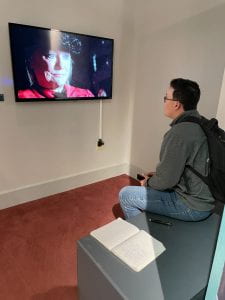
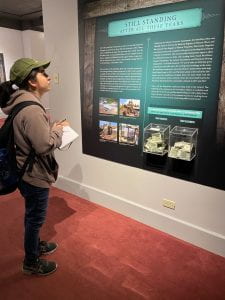
by Daniel Walker and Stephanie Suniga
